The Article
M1T DIGITAL TRANSPORT FROM SILENT ANGEL
8th April 2022

Looking for a front-end, digital transport hub? Paul Rigby checks out this dinky little example
I love transports and I ain’t talking about the wheels on the bus which go round and round and round, either.
The idea is to lower the noise floor by creating physical space between one noisy component and another. It’s an old tactic and it still works. The result is a reduction in high-frequency noise to encourage fine detail back into the soundstage.
So, for example, an integrated CD player includes the transport (the bit that physically holds the CD disc) and the DAC, the bit that processes the sound to hand off to your amplifier. A CD transport, on the other hand, doesn’t include a DAC. The DAC part is separate. It’s wrapped in its own box and only connected to the transport at all via a single coax cable.
Just doing that, creating a bit of physical space between the two boxes, lowers the noise floor and increases sound quality. That’s even before you enhance the transport or DAC designs themselves.
I’ve even heard of some CD transports that divide themselves still further, separating the power supply for the CD transport itself, into separate boxes. Again, improving sound still further. For transports, then? I’m a fan.
What I don’t see too often is a digital transport. They certainly exist but I’d like to see more of them. To me, a digital transport is more than obvious, it’s absolutely essential. Digital components are, in my own experience, the noisest components in anyone’s HiFi system. In fact, if you depend heavily on digital components in your HiFi chain, I would look seriously at reducing high-frequency noise via grounding accessories, isolation accessories and a while lot more. That’s a different story for a different review, though.
So, as I say, one of the ‘cures’ for a typical noisy digital HiFi system is to bring in a digital transport. To me, that’s a given. All in one digital systems are nice and offer great value and a lower footprint but, in sonic terms, you’re asking for trouble. Transports and separate components are where it’s at.
So when I was given the chance to review one such transport, I leapt…well I shuffled a bit because my knees are not what they once were. But I shuffled enthusiastically in its general direction.
CUT DOWN TO SIZE
This M1Ttransport is not very big. It’s not very big at all. Roaming round at 155 x 50 x 110mm (6 x 2 x 4 inches) this is a dinky yet chunky little box that weighs in at just over 1.5kg (a couple of pounds).
The system runs on a 4-cores, 1.5GHz ARM Cortex-A72 and my review sample arrived with 2Gb of DRAM but up to 8GB can be included.
The DRAM apparently allows the unit to run faster. Even so, most people will be more than happy with 2GB. I never found that my 2GB-mounted transport dragged in the slightest.
Also inside is a heat-sinked cooling system, there’s no fan in this one.
On the outside of the M1T is a switch-mode power supply that hooks up to the rear of the chassis via a barrel-plug. This worked fine and did the job. You can improve the power supply though by adding an external F1 unit that arrives in a chassis of the same size as the transport. This is a much more meaty affair offering a toroidal transformer, low-noise MOSFET and a CNCd exterior to reduce vibration. This unit costs £429. I wasn’t able to look at the unit during this review, however.
AES/EBU, I2S and coaxial digital outputs support up to 24bit/384KHz and DSD 5.6M (DSD128) while USB3.0 and USB2.0 ports offer up to 32bit/768KHz and DSD 11.2MHz (DSD256). They are joined by and M-IO and M-LINK for peripheral access.
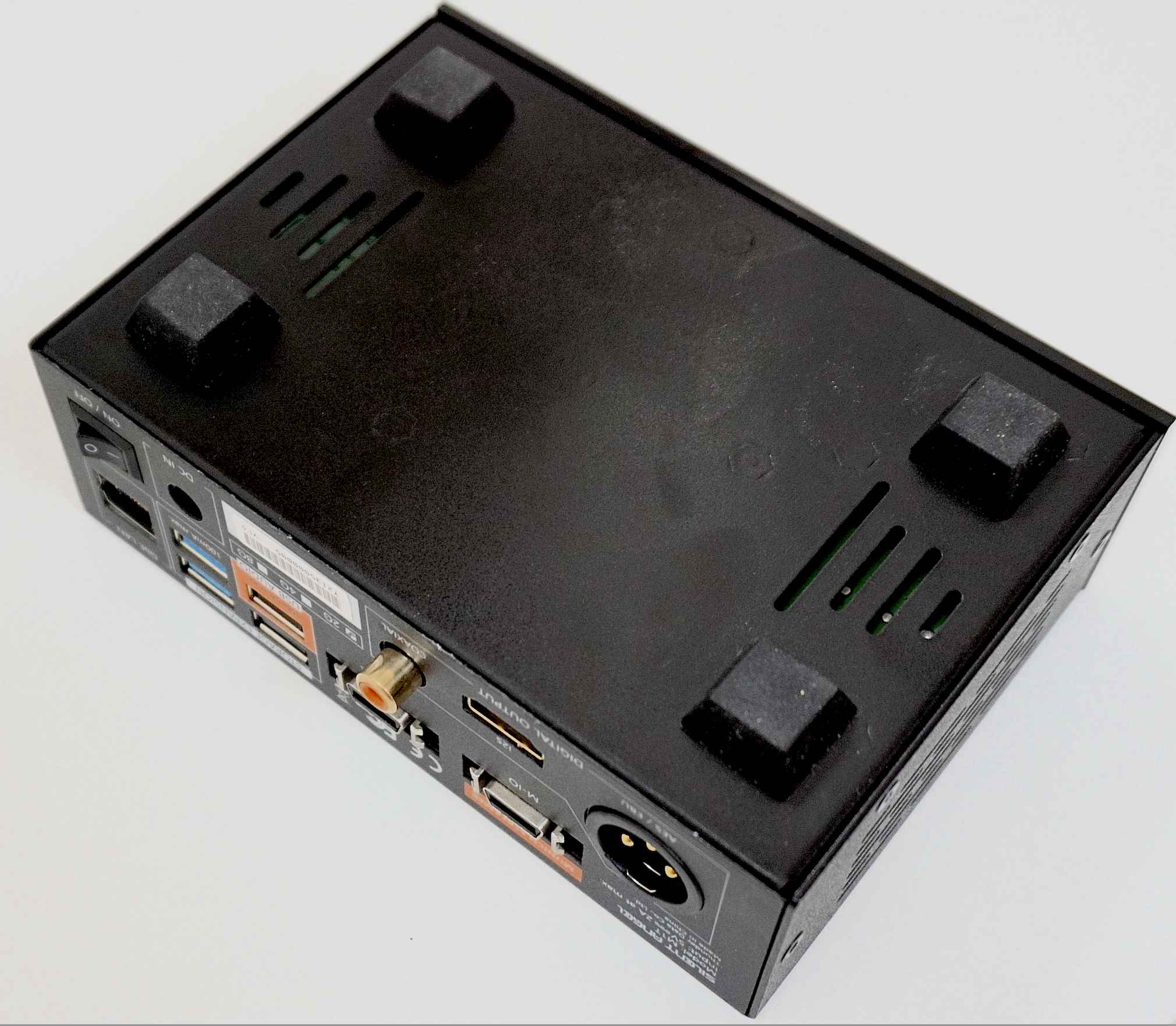
The M1T is Roon Ready and supports a host of Internet Services. Some of which we will look at below. Those services are accessed via the M1T’s own VitOS Orbiter app which I liked a lot. Stable and easy to navigate, it does the job.
As a review, this is a slightly weird one. Weird in that I expected the review to run one way but it ended up veering off into a completely different direction.
Before we get to that though, let’s talk about how I tested the Silent Angel M1T.
TESTING TESTING
Having told you about the techie side of things, the ins and the outs, I could have pushed a couple of tracks through this box, said it was good, bad or indifferent and left it there. But really, that kind of review doesn’t really give you much context, does it?
So what I thought I’d do is to provide just that. Context.
I decided to grab a common track, in this case New Order’s Regret from the album, Republic and decided to push that through the Silent Angel M1T in a variety of different ways. I wanted to see how the Silent Angel handled each approach and I wanted to hear any basic personality traits from each source.
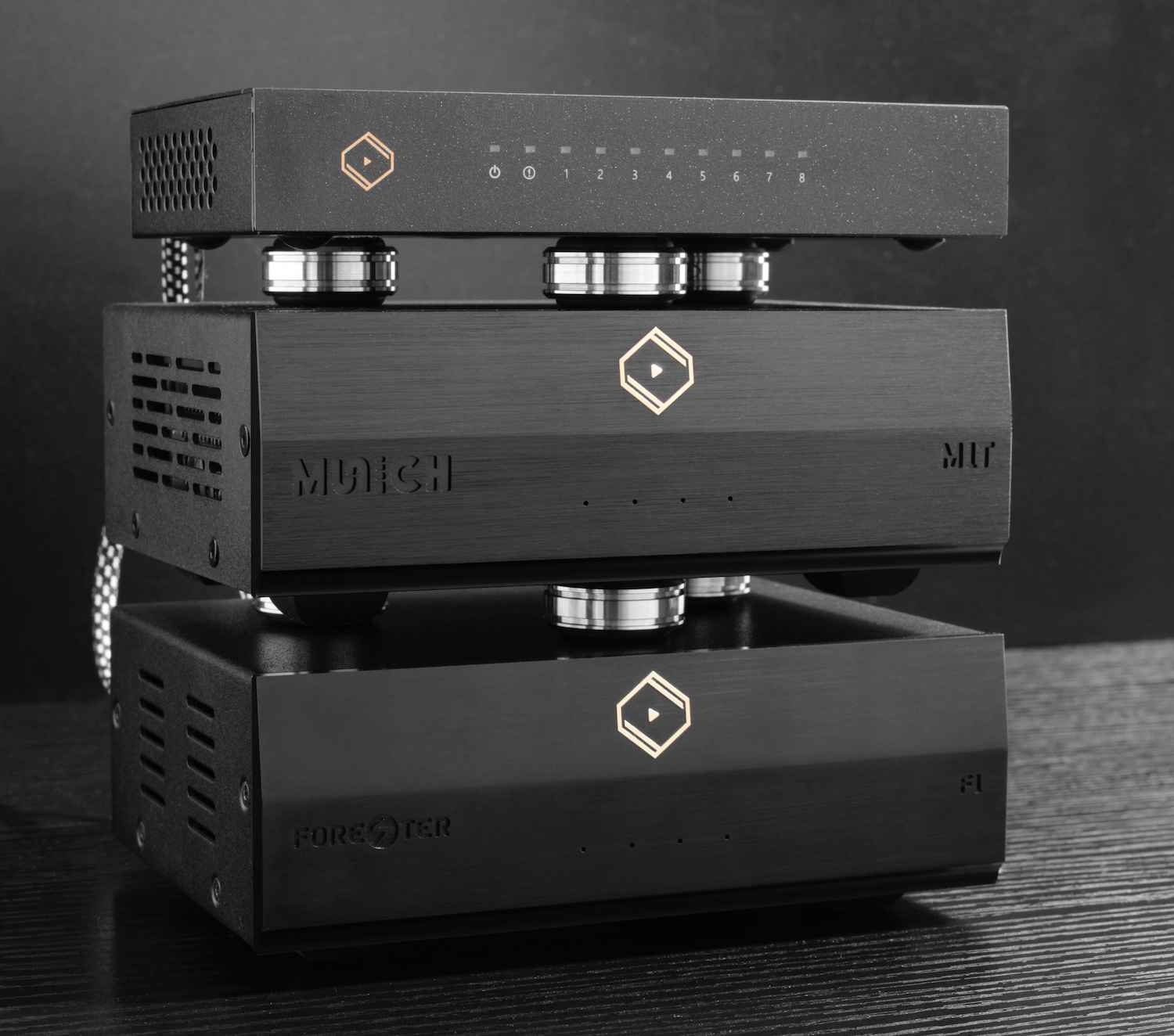
Now, this isn’t an absolute multi-source test, it’s just offers a selection but hopefully it will give you enough evidence to aid you in making a decision about buying this transport.
More than that, I hope it will give you a few clues, at the very least, about how the M1T will work under different circumstances.
I first played the New Order track via another transport. A transport of a different stripe, the Audiolab 6000CDT, which provides a captured digital source, a CD disc in other words. From this CD disc, I then compared a trio of Silent Angel sources with it, using the same HiFi system, the same DAC and even the same coax cable.
INTERNET SERVICES
I compared the CD transport and disc with the Silent Angel M1T playing the New Order track via Tidal Masters at 24bit/48kHz (the best option I could find), then I played the track via Qobuz at 24bit/96kHz (again, the highest bit rate I could find of the track), then I ripped the original CD at 16bit/44.1kHz using dBpoweramp on my MacBook to a WAV file (so not a packaged streaming format like MQA or FLAC but an unpackaged WAV) and I played that via the Silent Angel, through a USB port.
The upshot? Well again, I wondered if I could hear significant differences in style and approach using these sources.
Yes, I realise that the resolutions are wildly different on each source but don’t ever be fooled be resolution numbers. Many marketing people using resolution figures as if they’ve been handed down from on high on stone tablets but please don’t be fooled. Remember, statistics of any sort can be manipulated by any story teller to suite their own purposes. It’s not the resolution numbers you want to pay attention to – it’s how the music was processed in the first place and how it’s being delivered. That is another feature all on its own and I don’t want to get into that here because this is a Silent Angel M1T review and not a polemic on digital streaming.

Nevertheless, let say this, I’ve heard some 16bit/44.1kHz digital systems that sound superior to competing sources pushing out 32bit/192kHz. Just remember, how a digital system produces music is more important than the inherent stream itself.
So a piece of vinyl – which has a fixed resolution let’s not forget – is processed completely differently through a cheap £50 Crosley-type turntable when compared to a £20,000 audiophile turntable design.
One vinyl disc offering a single resolution. Two delivery systems. Two completely different sonic results.
Digital is exactly the same. It’s not the resolution that matters. It’s the delivery system.
I wanted to see how each of these digital sources performed based on the best digital source on offer from each direction. That is, the streams I heard from Tidal and Qoboz were the best I could access while the USB-based rip was under my control (the others were not) and my rip was done with some care using my ‘best choice’ software so again, the USB was also doing its best. I even tested multiple USB sticks, incidentally, to find the best carrier.
So let’s see what happened then.
SOUND QUALITY
But what about the Silent Angel M1T itself? What am I looking for from this little box? I’m looking for it to get out of the way, that’s what I’m looking for. I want to hear tonal variation and levels of detail from each source. I want to hear the source, not the box. I want a sense of transparency in terms of insight. I want information and lots of it.
TIDAL
I began the testing using the Internet services and targeted the New Order track at Tidal Masters at 24bit/48kHz.
The result? Nice. Very nice indeed. The detail I heard on the CD was all there via Tidal. The bass, although possibly not reaching as far down as the CD or offering quite as much mass, provided a solid foundation to the track. Its meaty presence did allow the track to achieve a sense of balance in tonal terms.
Up top? There was plenty of detail on offer here from the original recording. If you have a decent HiFi system, you’ll note the gamut of secondary percussion from this track so that means a tambourine plus a series of sweeping bell strikes that added filigree tinkle effects across the treble area. Tidal did present this frequency extension which was great to hear. The upper mids and treble were a little on the thin side, I have to say with a certain amount of pinching present that created a slight edge. Those who love a solid-state sound though will love the Tidal Master presentation. The effect managed to accentuate certain frequencies so the lead guitar was used further forward in the mix.
I’ll say this, though. The sound I heard was all Tidal. I didn’t hear the Silent Angel M1T during this test. A good thing.
QOBUZ
I then turned to Qobuz at 24bit/96kHz and noticed a noticeable jump in quality from the earlier Tidal Master stream. There was much more confidence around the bass area and the lower mids. In fact, the output from Qobuz sounded like there was more space around this lower-frequency part of the mix. A slightly more relaxed presentation where the band were taking their time and sounded at ease in their work.
Upper mids and treble offered just as much information and detail as Tidal Masters. Saying all of that though, Qobuz retained that rather pronounced upper mid and treble emphasis that was lightly edgy around crescendos and busy parts of the mix.
The Silent Angel was, once more, a bystander to all of this. Qobuz did its thing. The Silent Angel was just an assitant for its final performance. Again, a good thing.
SOLID STATE MEMORY
To repeat, the fact that I’m harping on about the Internet Services and not the Silent Angel M1T transport itself says it all, really. I felt that the transport was doing its job here in a wholly professional manner but didn’t really warrant much comment. That is, I never felt that I was hearing the transport. At all times, the Silent Angel never imposed itself upon the music but had the capacity to allow the services to translate their own personality to the ear.
To that end, I wanted to see how the Silent Angel coped with my USB rip. A solid-state memory transfer utilising no Internet processing or compromised streaming transmission.
And the sonic results were far superior to either of the Internet services on offer here. Of course, I am limiting myself to pure sonic elements and ignoring the myriad of other lifestyle benefits that Internet services provide to the user. Sonic abilities are but one part of the reason why you would adopt an Internet Service, in the first place. That said, if I just isolated the sound quality for a moment, talking about that only then yes, the USB stick provided a superior presentation.
The edgy upper mids and pinching treble had now gone, there was much more air and space in and around the soundstage and a greater sense of neutrality and balance overall. OK you might say that the USB didn’t quite have the midrange insight provided by the CD, the richness found on the Audiolab wasn’t quite there. It was darn close, I have to say.
Again though, let’s remind ourselves what’s going on here. The Silent Angel is but a support mechanism for a host of source options.
CONCLUSION
Testing and judging a CD transport is quite, quite different from testing and judging a multi-source, digital transport like the Silent Angel.
As I’ve already highlighted, a CD transport is a one-trick pony. It is asked to do one thing and one thing only. Play a silver disc. A digital transport like the Silent Angel has an impossible task of trying to do many, many things, all at once, without bother and without any commotion.
Yes, there are inherent similarities in that the entire transport ethos is one of stripping unnecessary features down to the bare essentials. That’s why I like transports as a breed, they keep the noise floor way down.
The Silent Angel is different, though. I can easily imagine that some reviewers would label the Silent Angel as a sort of Swiss Army knife of a transport: because of the gamut of sockets on the back of the chassis.
But I don’t see that at all. The Silent Angel is more of a transport shell. It supports a host of different hardware standards within a single chassis. Some of them vastly different from each other. That is, through this one transport, the Silent Angel will be able to offer Internet-based music of different stripes and physical memory storage of different types. With each source, the Silent Angel has to almost step back, keep its mouth shut and wait until is summoned.
So I wouldn’t call this box a Swiss Army knife of a transport. It’s more of a butler. A sort of Jeeves figure. It stands there, on call. It waits to be summoned, then to serve and to offer answers to your digital life. It smooths out the problems. It erases issues. It removes the stress. It gives you choice. It provides options. It’s a facilitator. On that basis, I can easily see the Silent Angel as being an essential core to a successful digital HiFi system: simple or complex.
SILENT ANGEL M1T DIGITAL TRANSPORT
Price: £699
Website: www.silent-angel-audio.com & www.wholenotedistribution.co.uk
GOOD: price, feature set, ease of use, overall sound quality, flexibility
BAD: nothing
RATING: 8
REFERENCE
iPhone smartphone
iPad tablet
MacBook laptop
Aesthetix Calypso pre-amp
Icon Audio MB845 Mk.II monoblock amplifiers
Quad ESL-57 speakers with One Thing upgrade
Blue Horizon Professional Rack System
Harmonic Resolution Systems Noise Reduction Components
Air Audio AC-2K Balanced Transformer

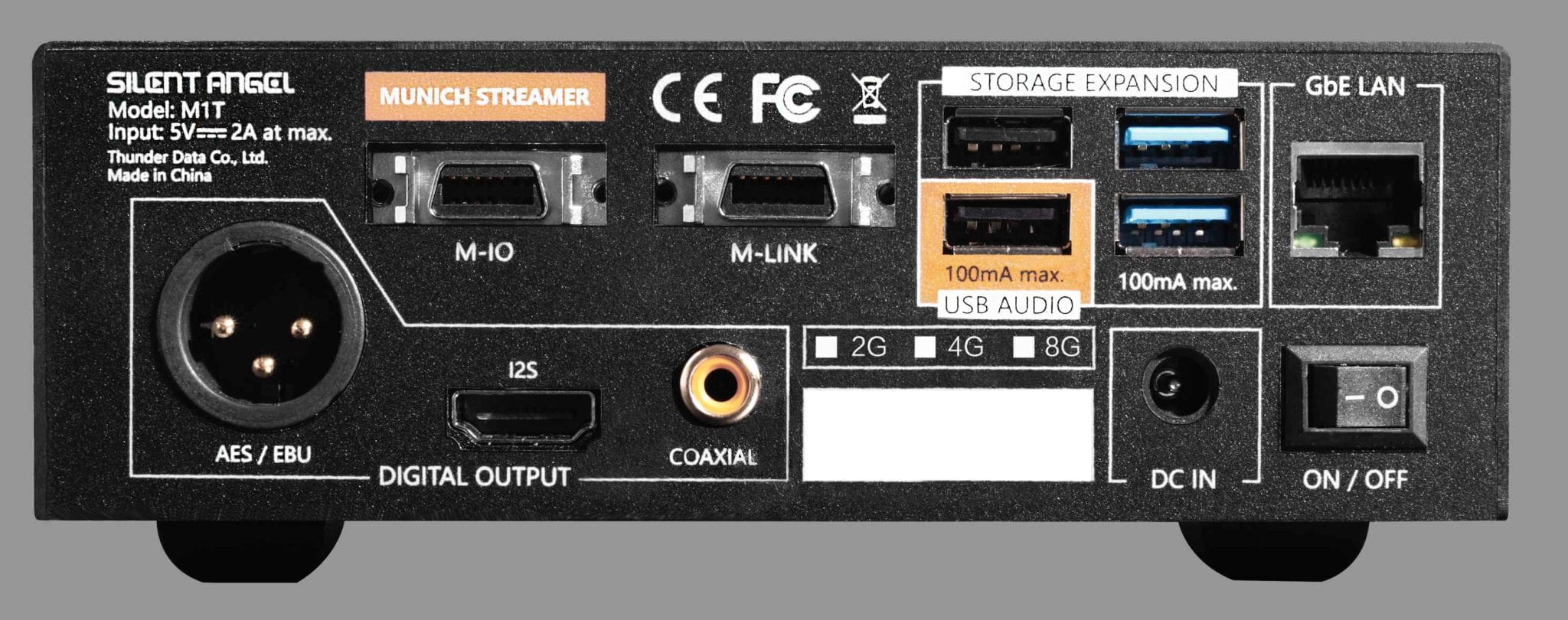
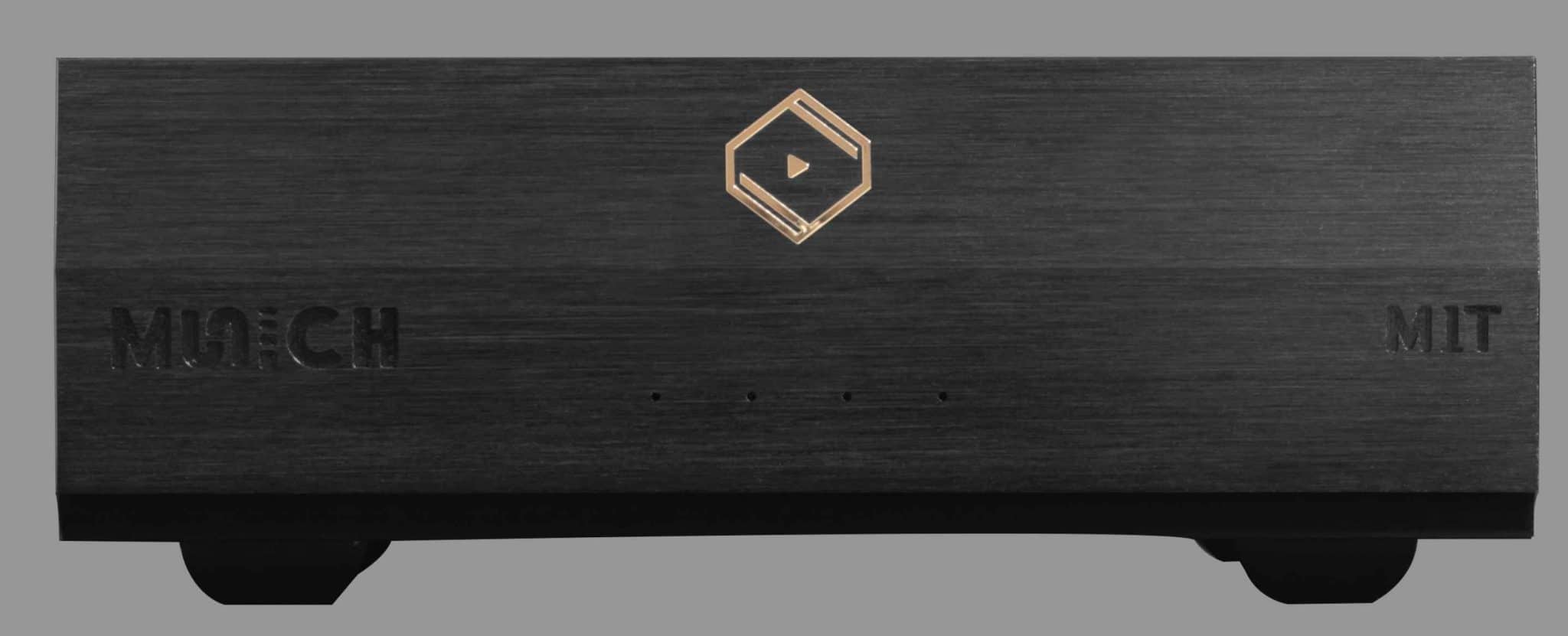
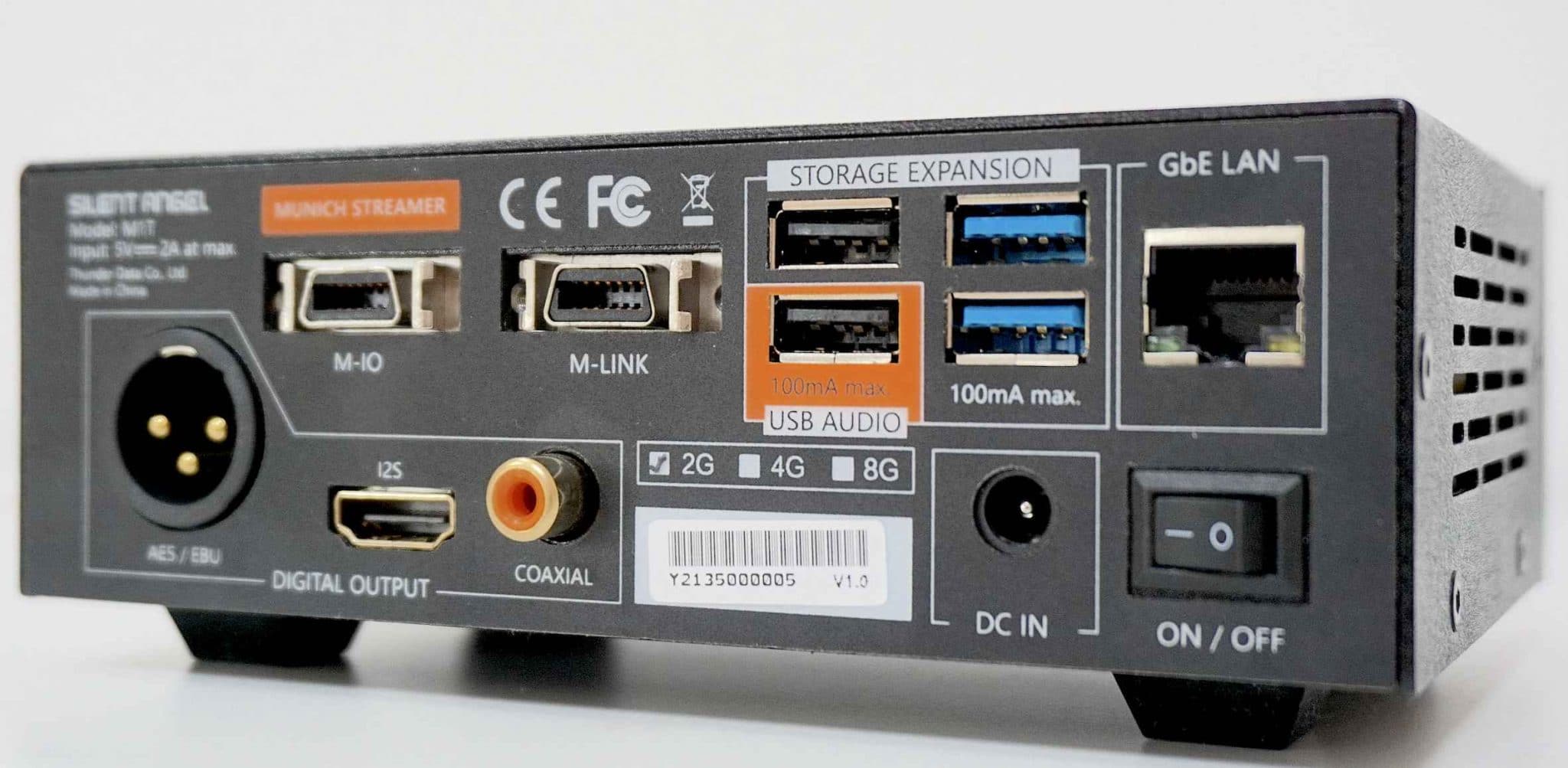
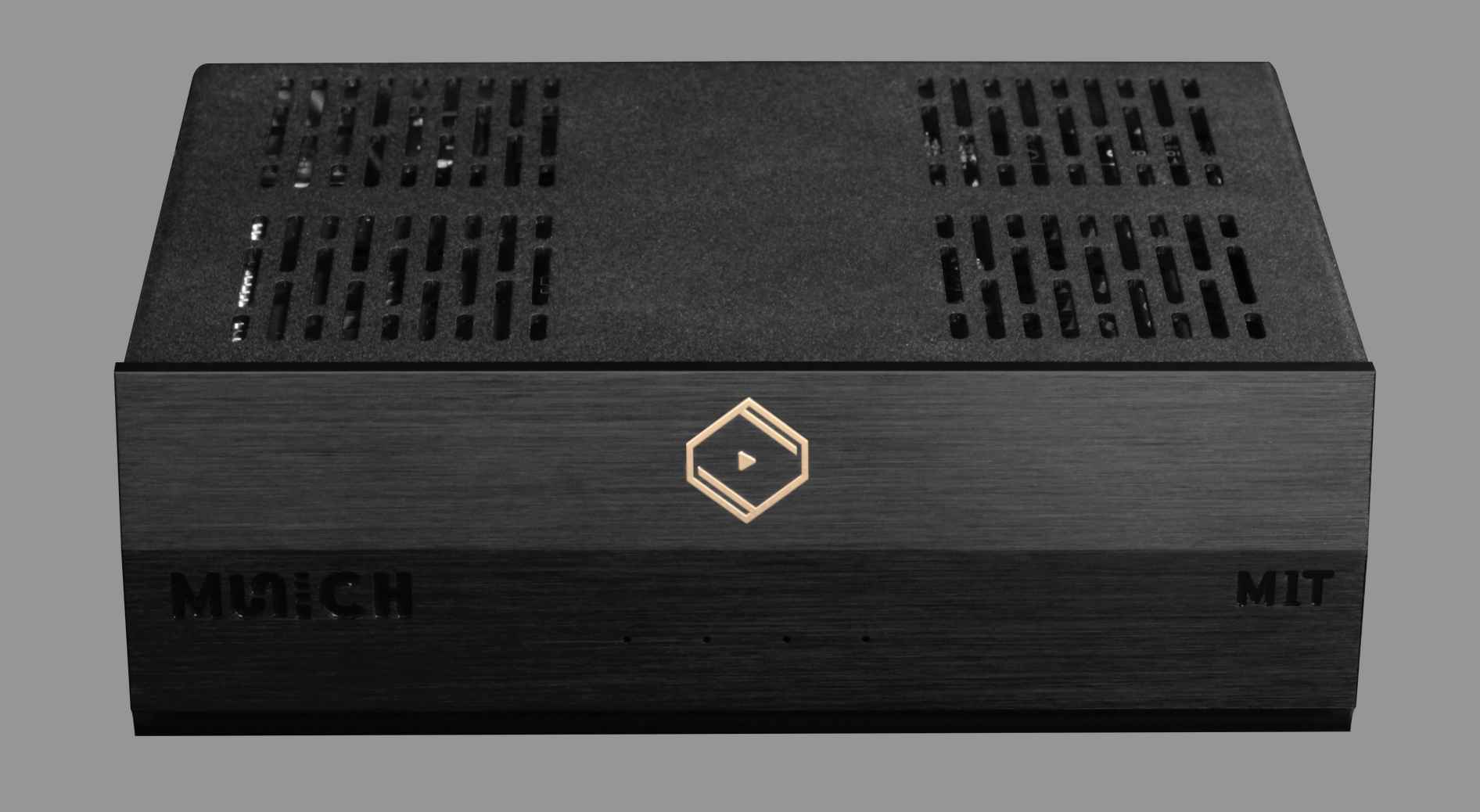

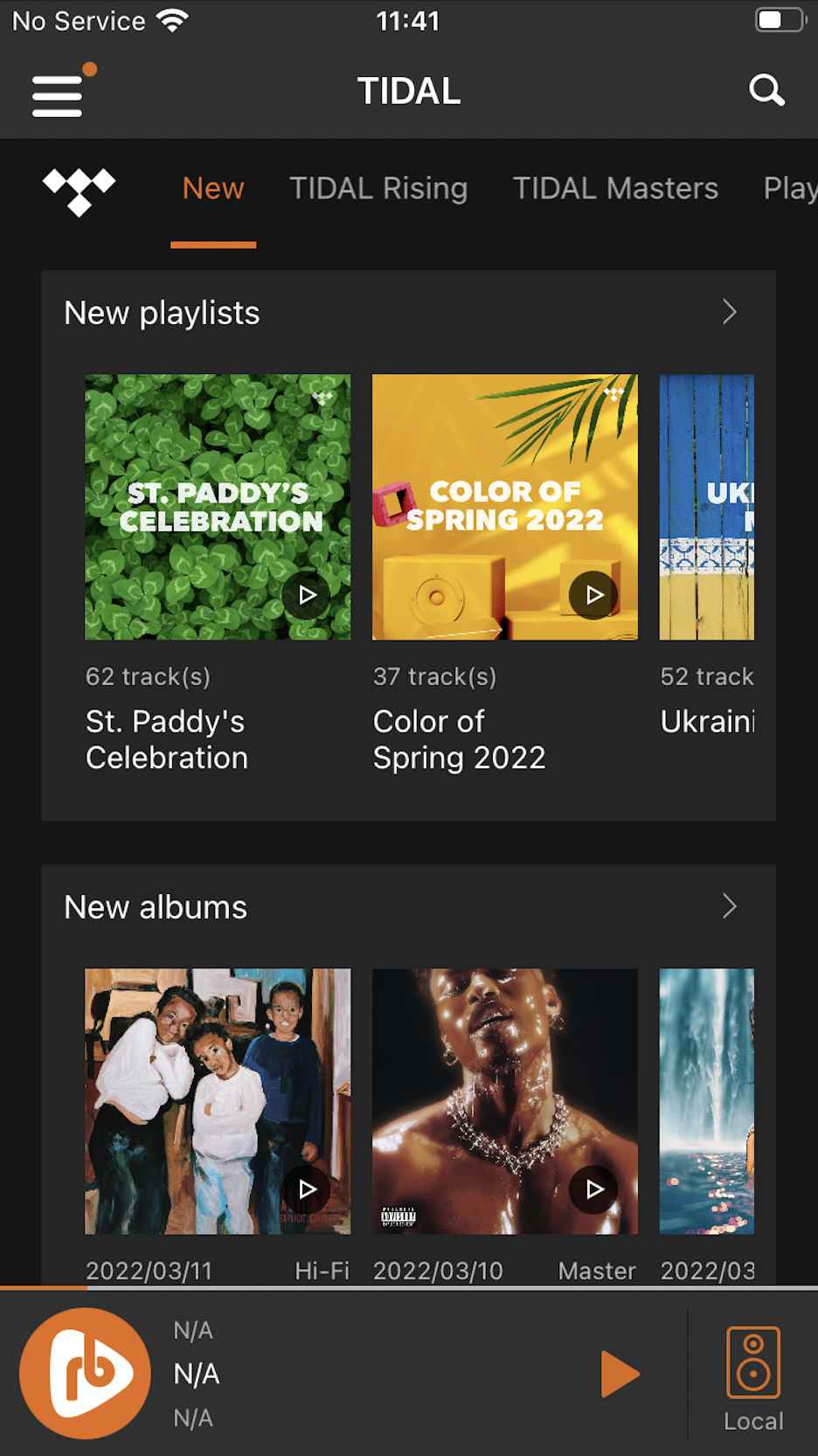
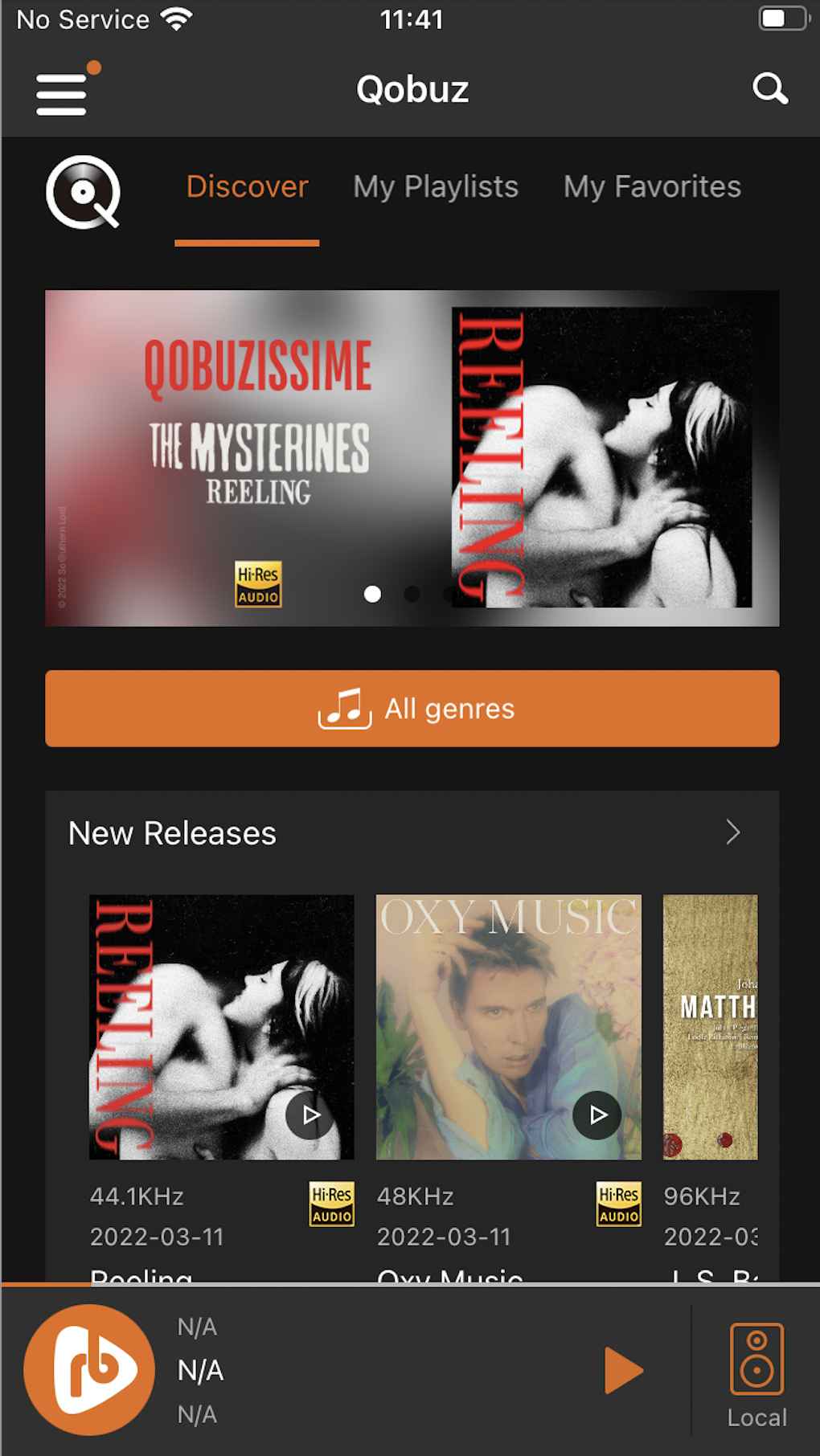
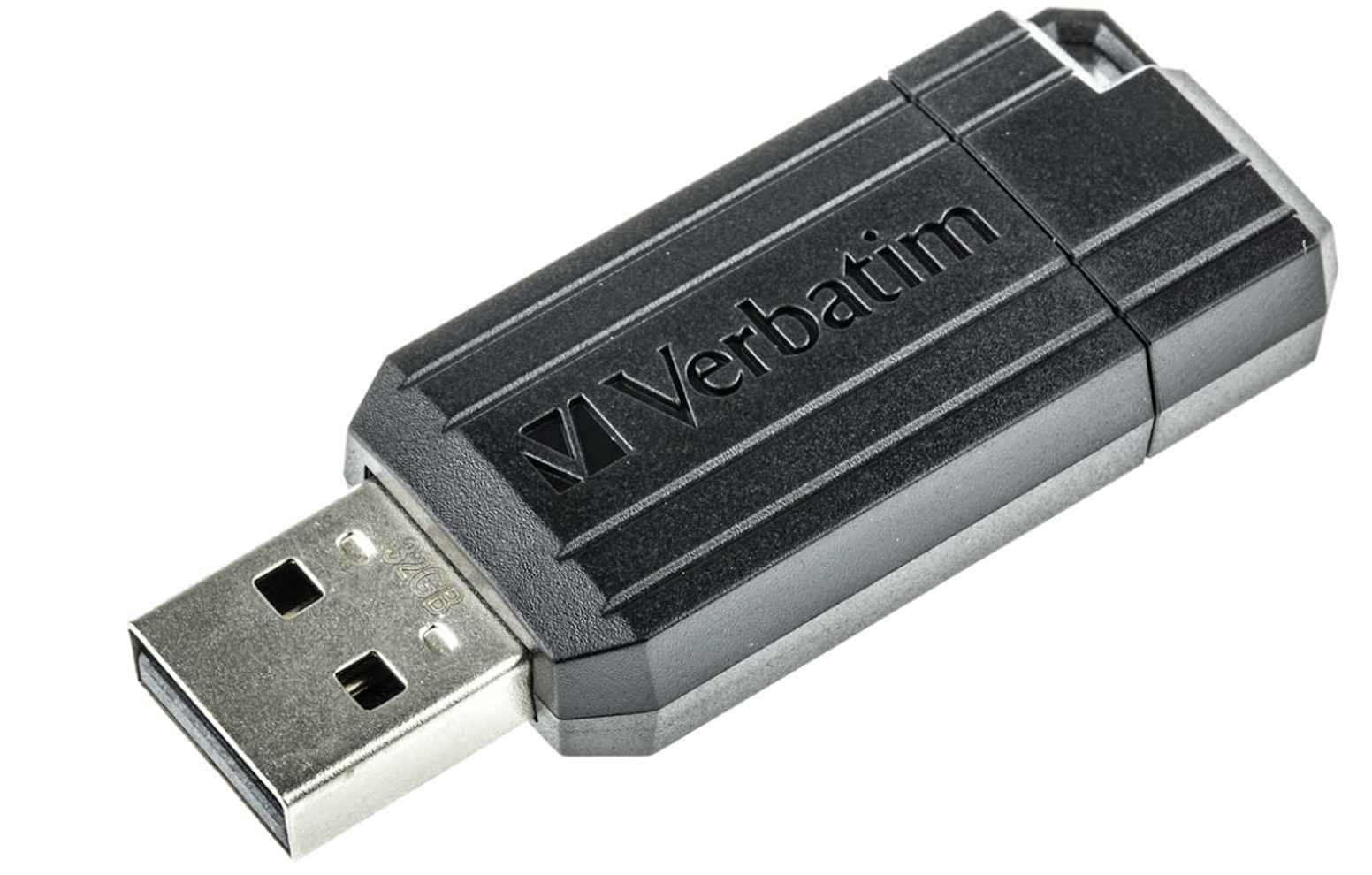
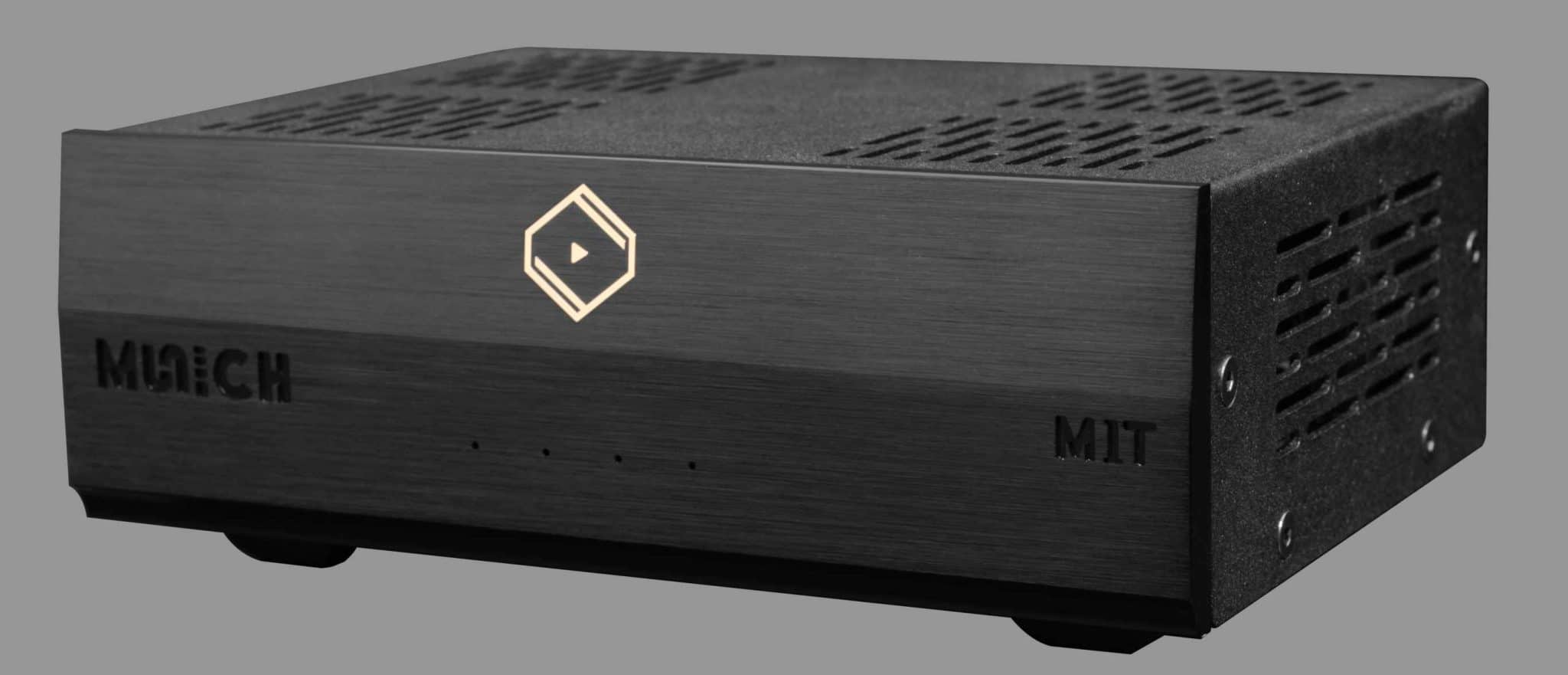


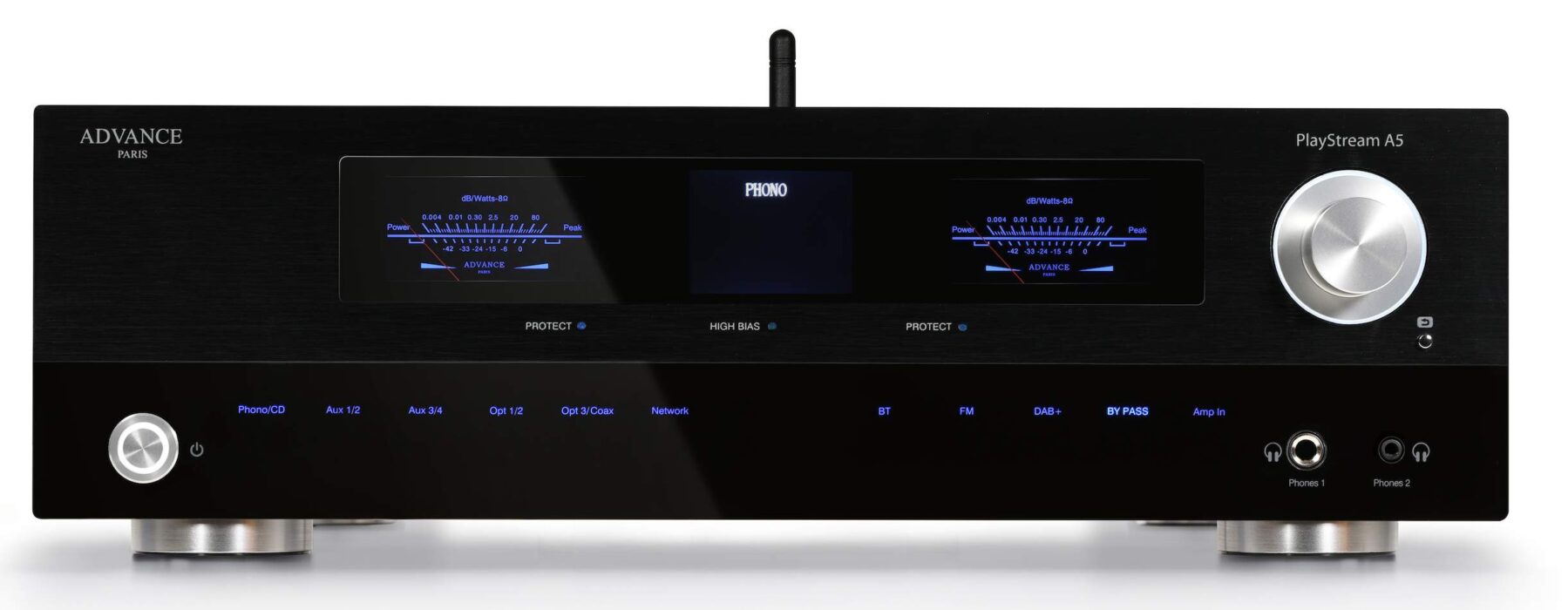
Nice review. What about mqa ? Does the transport need to support that package? And does it?
Or is that only needed for the DAC to support? Thanx. Sébastien